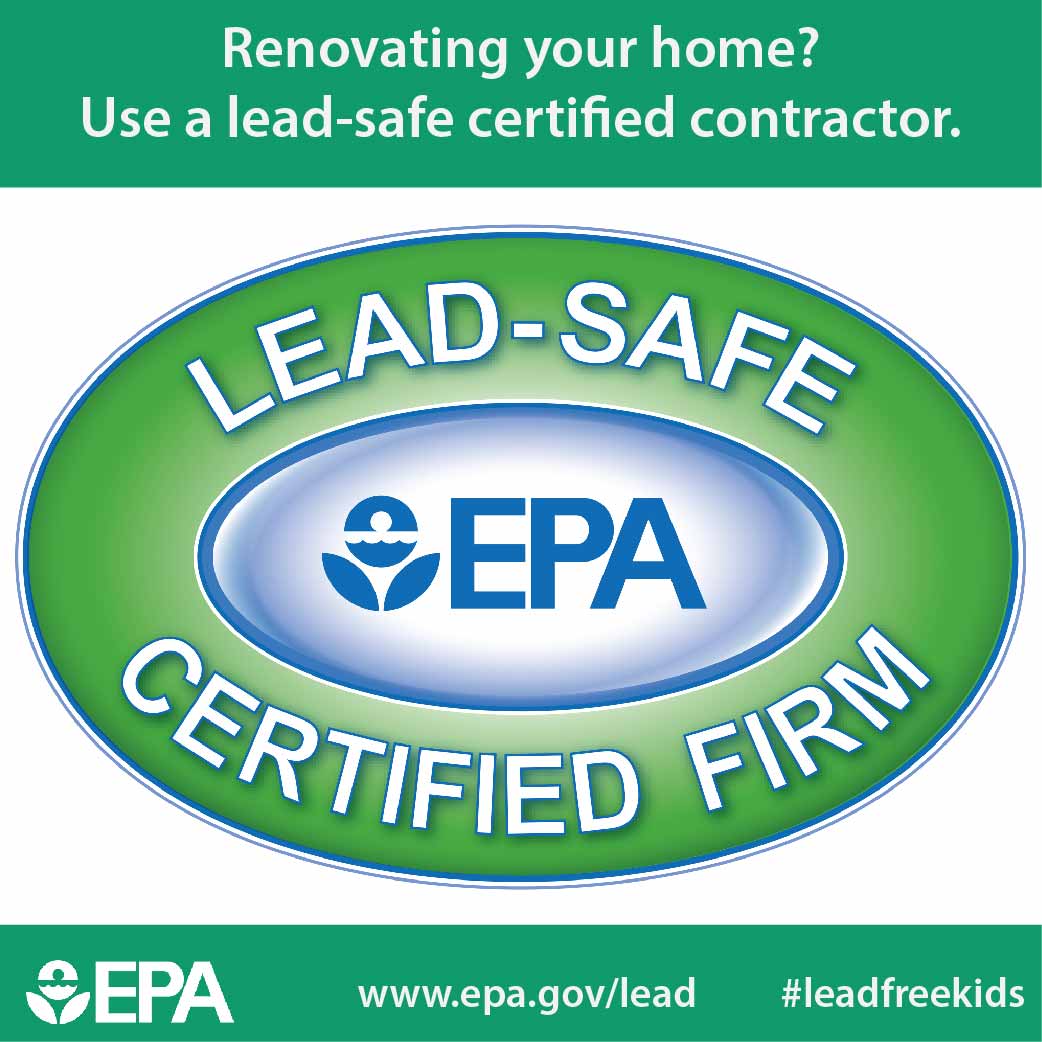Learn How Seasonal Aspects Influence Commercial Outside Painting Success And Discover The Best Times To Guarantee Lasting Results For Your Project
Learn How Seasonal Aspects Influence Commercial Outside Painting Success And Discover The Best Times To Guarantee Lasting Results For Your Project
Blog Article
Writer-Fox Skafte
When you're preparing an industrial outside painting job, seasonal factors can make or damage your results. You'll wish to think about how temperature and moisture effect paint application and drying out times. Picking commercial painting honolulu can guarantee your paint sticks properly and lasts much longer. Yet which periods are really the best for this type of work? Let's discover the key elements that can influence your task's success.
The Influence of Temperature on Paint Application
When you're intending an industrial outside painting project, the temperature can significantly affect exactly how well the paint sticks and dries.
Preferably, you intend to paint when temperature levels range between 50 ° F and 85 ° F. If it's as well cool, the paint may not heal correctly, bring about problems like peeling or splitting.
On the other side, if it's too hot, the paint can dry too rapidly, protecting against proper adhesion and leading to an unequal finish.
You need to likewise think about the moment of day; morning or late afternoon supplies cooler temperature levels, which can be a lot more positive.
Constantly examine the supplier's recommendations for the specific paint you're making use of, as they often give assistance on the optimal temperature level variety for optimum results.
Moisture and Its Result on Drying Times
Temperature isn't the only environmental variable that affects your business external painting task; moisture plays a substantial role too. High moisture degrees can slow down drying times considerably, impacting the overall top quality of your paint task.
When the air is filled with wetness, the paint takes longer to heal, which can lead to concerns like poor bond and a higher risk of mold development. If you're repainting on a specifically damp day, be prepared for extensive wait times in between layers.
It's critical to monitor regional weather conditions and plan appropriately. Preferably, aim for moisture degrees between 40% and 70% for optimum drying.
Keeping these factors in mind ensures your project stays on track and provides a lasting finish.
Best Seasons for Commercial Outside Paint Projects
What's the best time of year for your commercial outside painting tasks?
Springtime and early fall are typically your best options. During these seasons, temperature levels are moderate, and moisture degrees are commonly lower, creating optimal problems for paint application and drying out.
Prevent summer's intense heat, which can create paint to dry too swiftly, resulting in bad bond and finish. Likewise, wintertime's cold temperature levels can hinder correct drying out and healing, taking the chance of the longevity of your paint work.
Go for days with temperature levels in between 50 ° F and 85 ° F for ideal outcomes. Keep in mind to examine the neighborhood weather forecast for rain, as wet problems can ruin your job.
Planning around these aspects guarantees your paint job runs efficiently and lasts longer.
Final thought
Finally, preparing your commercial exterior paint tasks around seasonal factors to consider can make a substantial difference in the outcome. By organizing job throughout the optimal temperature levels and humidity levels, you'll make certain better attachment and drying times. Keep in mind to watch on neighborhood weather report and choose the correct time of year-- springtime and early autumn are your best choices. Taking residential painting indianapolis will certainly aid you attain a durable and expert finish that lasts.
